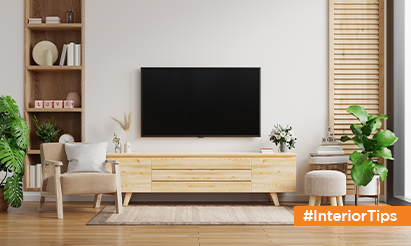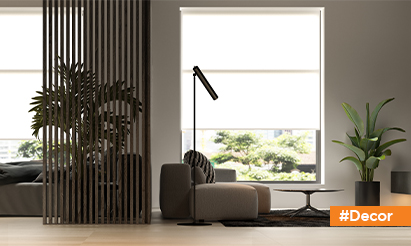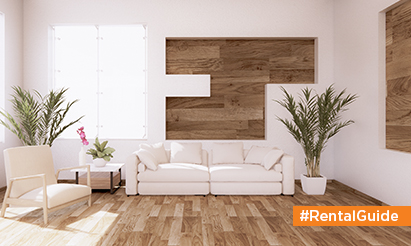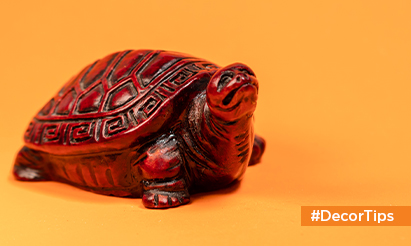Everything you need to know about false ceilings: From its benefits to its cost!
The false ceiling has become a popular home decor idea in contemporary times. They improve the acoustics of your house, and can reduce energy consumption to an extent. Moreover, a false ceiling is trendy and aesthetic. It provides new textures and depth to your ceiling.
Indians are slowly catching up with this new trend. However, we understand that not everyone understands the concept of a false ceiling. We have a detailed false ceiling guide for you.
Here’s all you need to know about false ceilings.
What do you mean by a false ceiling?
A false ceiling is a secondary ceiling that is physically suspended from the main ceiling. It creates an illusion that the ceiling is lower, and hence is called a false ceiling or a drop ceiling. These ceilings can be made of plaster of Paris, gypsum board, asbestos sheets, wood, particle board and aluminium panel, among other things.
False ceilings are usually suspended with wooden or metal frames. There is room left between the original ceiling and the false ceiling. That space is often used for wiring. It can also be used to soundproof the building.
Benefits of investing in a false ceiling
The most common use of false ceilings is in interior design. It is aesthetic, Instagrammable, and helps create an illusion about the size of the room. However, it is now a multi-purpose design that yields several benefits:
- A false ceiling cleverly hides any wiring, ducts and non-aesthetic structural elements in the room.
- They also help to elevate the lighting and interior of a room by providing depth and texture.
- False ceilings are a great investment for theatres, conference rooms and auditoriums as they reduce echo and soundproof the building. It improves the acoustics of the house.
- They can be anti-microbial and are thus preferred for hospitals, clinics and other health care centres.
- A false ceiling is easy to install and can reduce your energy consumption.
- Many false ceilings are equipped with fire and moisture resistance.
- False ceilings are great as heat insulators.
Types of false ceilings
Some of the types of false ceilings are made of plaster of paris, plywood, PVC, grid fall, back-lit glass and fabric ceilings, gypsum board and wood. You can also incorporate various types of false ceilings in the building for an over-the-top look.
All types of false ceilings have their advantages and disadvantages. Gypsum board and POP (plaster of paris) are two of the most popular materials used for false ceilings in India.
Cost of false ceilings in India
The price of the false ceiling therefore depends on the materials used. However, for most Indians, a false ceiling is an investment as it requires maintenance.
The cost of false ceilings in India begins from ₹60 per square feet to ₹1700 per square feet. It will also change according to the design that you and the interior designer select. It is also determined by availability, size, quality and a few additional costs like the cost of labour.
Plywood is one of the most expensive materials for a false ceiling. PVC and false grid are some of the more economical options.
Points to remember before getting a false ceiling installed
False ceilings are customizable. However, you need to keep these things in mind before getting a false ceiling installed:
- The ceiling to floor ratio should be taken into account before you consider adding a false ceiling.
- Any leakage is harmful for the false ceiling so check for any damage or leakage in the building.
- Pre-plan the aesthetics and lighting before deciding on the false ceiling.
Before getting a false ceiling installed, you should understand the geography of your region. This is because a false ceiling may be impacted adversely during natural disasters.
How long does a false ceiling last?
A false ceiling can typically last you up to twenty years. This only occurs if there is proper maintenance of the false ceiling.
How to estimate the square feet of false ceiling required?
The cost of false ceilings depends on the size of the false ceiling. Thus, you need to have an estimate of the surface area of the false ceiling. Deduct. the amount of area not covered by the false ceiling from the total area. Remember to add the edges that seal the false ceiling. And lastly, add any additional cost.
Disclaimer: The views expressed above are for informational purposes only based on industry reports and related news stories. PropertyPistol does not guarantee the accuracy, completeness, or reliability of the information and shall not be held responsible for any action taken based on the published information.




